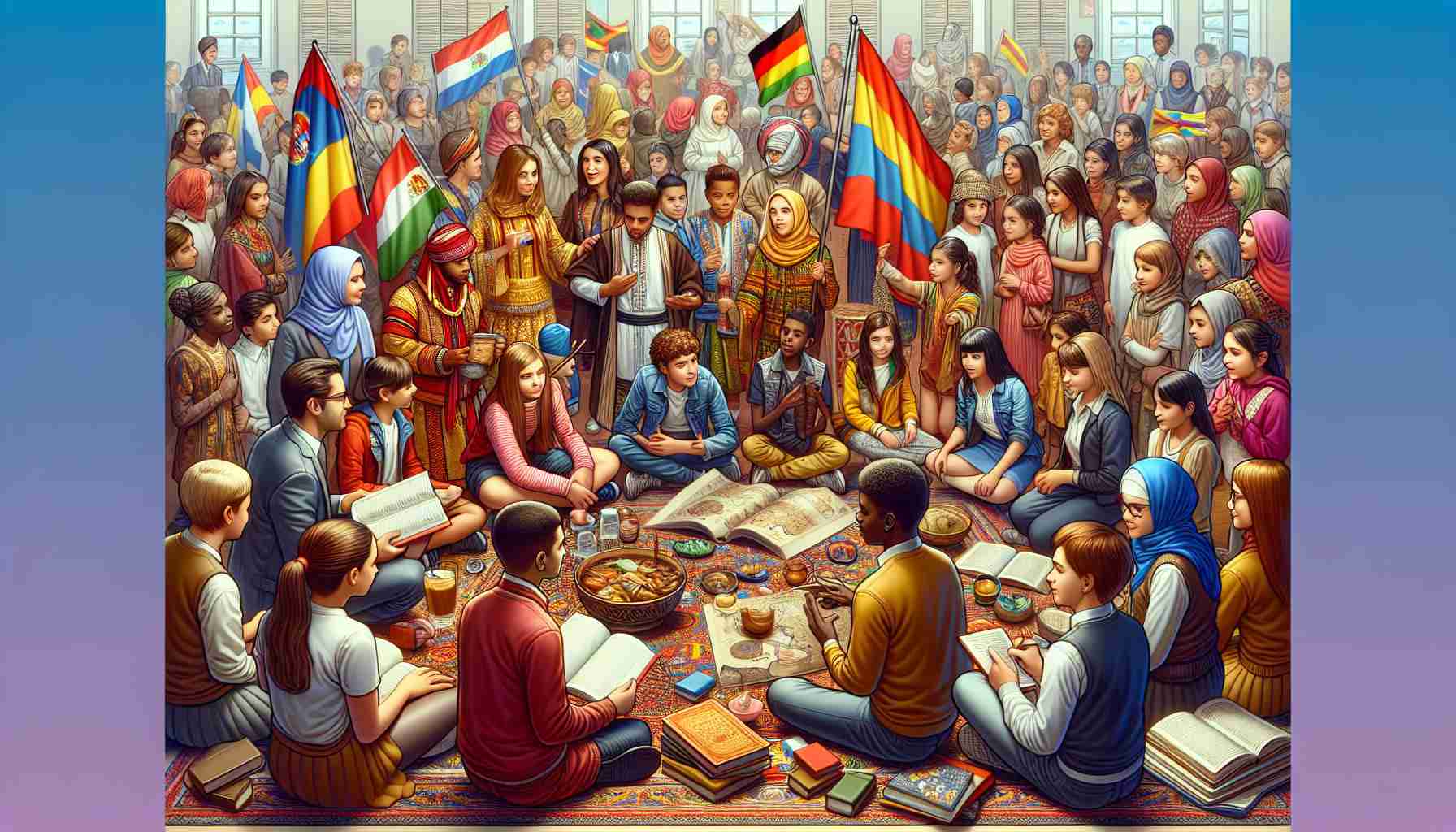
The Value of Diversity in Canarian Schools: Enhancing Cultural Exchange
Educators at IES Cabrera Pinto in La Laguna are advocating for the retention of migrant students within the school community, emphasizing the positive impact of diversity on the learning environment. The faculty at the institute have spearheaded an innovative curriculum diversification program tailored specifically for these students, aiming to create a more inclusive educational space.
Embracing cultural diversity in educational settings not only enriches the academic experience but also fosters greater understanding and appreciation among students from different backgrounds. By prioritizing the integration of migrant students into the school community, educators have witnessed a notable improvement in classroom dynamics and student relationships.
Recognizing the unique challenges and opportunities presented by having migrant minors in schools across the Canary Islands underscores the importance of creating inclusive and supportive environments for all learners. The presence of diverse perspectives and experiences has been shown to enhance collaborative learning and promote empathy among students, contributing to a more harmonious and enriching educational landscape.
As educational institutions navigate the complexities of migration and cultural integration, the advocacy of educators for the retention of migrant students within their schools highlights a commitment to fostering a welcoming and inclusive learning environment for all. By celebrating diversity and promoting cultural exchange, Canarian schools are poised to cultivate a more interconnected and empathetic generation of learners.
Enhancing Cultural Exchange in Canarian Schools: Exploring Deeper Dimensions of Diversity
Educators in Canarian schools, such as IES Cabrera Pinto in La Laguna, are at the forefront of promoting cultural exchange and diversity within their educational communities. While the positive impacts of these initiatives are apparent, further examination reveals key questions and challenges associated with enhancing cultural exchange in schools.
Important Questions and Answers:
1. How can educators effectively address language barriers among migrant students?
Migrant students often face language barriers that can hinder their academic progress. Schools may implement language support programs, peer tutoring initiatives, and multilingual resources to facilitate communication and learning.
2. What role do cultural celebrations and events play in fostering unity and understanding?
Organizing cultural festivals, heritage days, and international food fairs can provide opportunities for students to share their traditions, fostering mutual respect and appreciation for diverse cultures.
Key Challenges and Controversies:
1. Balancing assimilation and cultural preservation: Schools must navigate the fine line between promoting integration and respecting the cultural identity of migrant students, addressing concerns about cultural erosion or marginalization.
2. Addressing unconscious biases and stereotypes: Educators may need to confront implicit biases among students and staff to create a truly inclusive environment that values all individuals regardless of their background.
Advantages and Disadvantages:
Advantages:
– Enhanced global perspective: Exposure to diverse cultures broadens students’ worldview and fosters open-mindedness.
– Increased empathy and tolerance: Interacting with peers from different backgrounds promotes empathy, tolerance, and social cohesion.
Disadvantages:
– Challenges in communication: Language barriers and cultural differences may lead to misunderstandings or barriers to effective collaboration.
– Social integration issues: Migrant students may face social isolation or discrimination, requiring proactive measures to promote inclusivity.
In conclusion, while the value of diversity in Canarian schools is evident, there are complexities and nuances that require thoughtful consideration. By addressing key questions, challenges, and promoting understanding, schools can create truly inclusive environments that enrich the educational experience for all students.
For more insights on promoting diversity in education, visit Edutopia.